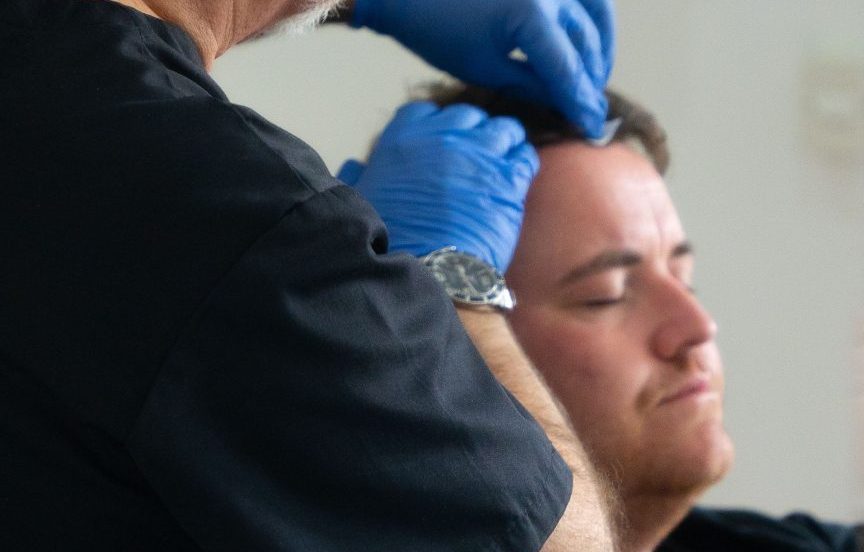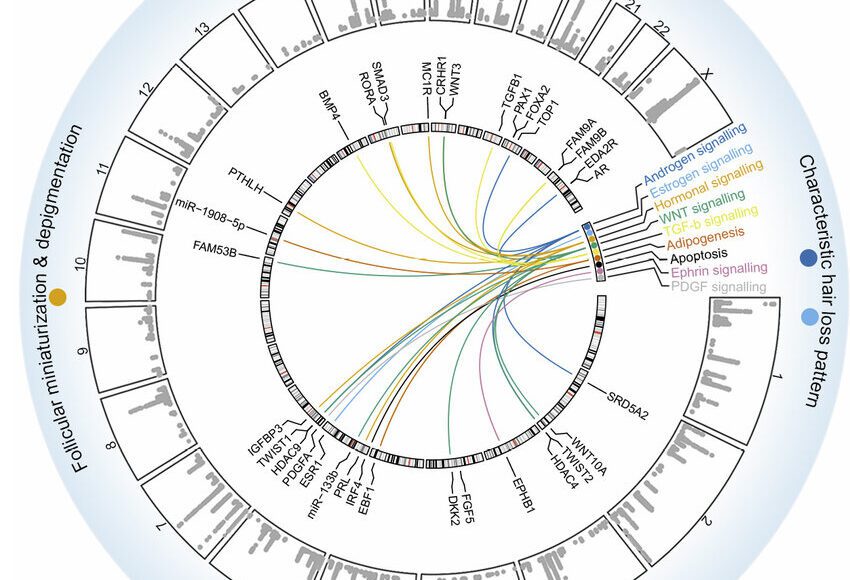
Genetics’ Contribution to Hair Transplant Success
Genetics' Contribution to Hair Transplant Success
Discover how genetics influence hair transplant success. Learn how inherited traits affect hair growth and restoration outcomes, and why your genes matter in the procedure.
Ever wondered why some people keep a full head of hair well into old age while others start balding in their twenties? Genetics is largely responsible for the response. “Will it work for me in the long run?” is a question you may have if you’re considering getting a hair transplant. Your genetic makeup largely determines the success of your transplant.
While hair transplants have come a long way with advanced techniques like FUE (Follicular Unit Extraction) and FUT (Follicular Unit Transplantation), your genetic makeup still influences everything—from how well the transplanted hair grows to whether future hair loss could affect the overall results.
So, let’s get into the details. How does genetics impact hair loss? Can it affect your transplant results? And most importantly, what can you do to ensure long-lasting success? Read on.
How Genetics Influence Hair Loss Patterns
The sensitivity of hair follicles to specific hormones, especially dihydrotestosterone (DHT), contributes to hair loss. As a result of its binding to hair follicles, DHT, a consequence of testosterone, causes them to decrease gradually. Hair grows thinner and shorter as the follicles get smaller, and eventually, they can cease growing hair completely. Miniaturisation is a phenomenon that is typical of androgenetic alopecia.
One can inherit the genes determining one’s susceptibility to DHT and the probability of developing androgenetic alopecia from either parent. Research indicates that baldness can be influenced by maternal and paternal genes, despite the widespread belief that it is inherited from the mother.
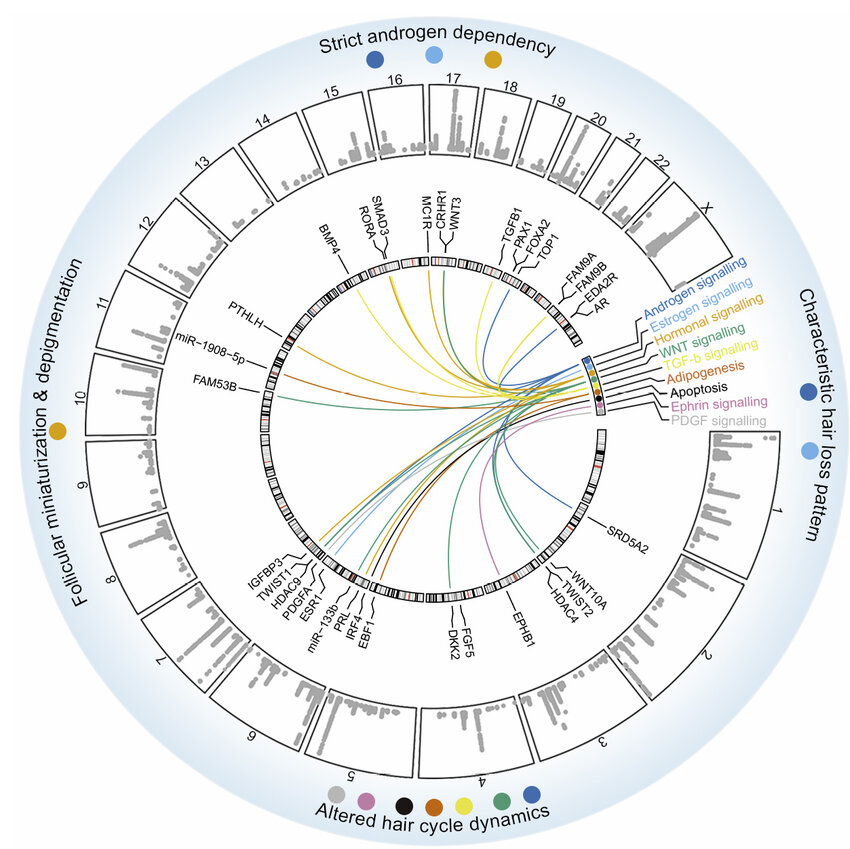

Is Hair Loss Inherited from the Mother’s or Father’s Side?
One may inherit the genes from either parent that govern an individual’s susceptibility to DHT and the probability of getting androgenetic alopecia. Despite the widespread belief that baldness is inherited from the mother, the twin studies indicate that maternal and paternal genes might have an impact.
Additionally, baldness genes can be passed down through generations and cannot be controlled which male or female siblings they will impact. They might even affect siblings in the same family in rather different ways. As an illustration, just because your twin brother experiences hair loss does not necessarily mean you will, too.
There’s a popular myth that you inherit hair loss from your mother’s side, but the truth is that both parents contribute to your hair genetics. While the X chromosome (from your mother) plays a part, your father’s genes are just as important.
Understanding the Norwood Scale and Genetic Predictions
The Norwood Scale is commonly used to classify different stages of male pattern baldness. If men in your family follow a certain pattern, there’s a good chance you’ll experience a similar progression. Identifying where you fall on this scale helps predict the long-term success of a transplant.
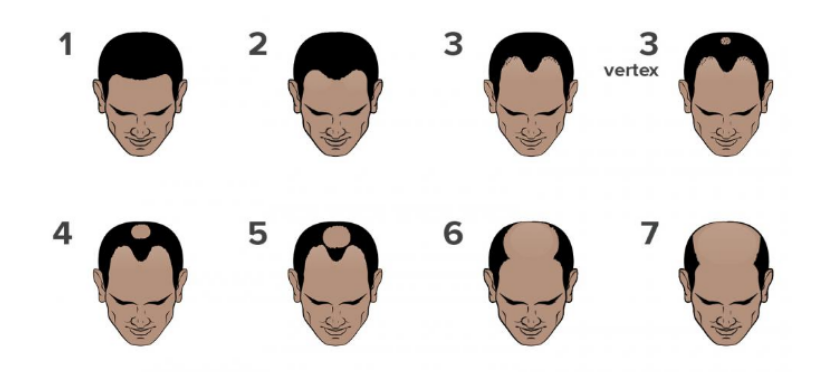
The Norwood Scale consists of seven stages, each indicating the extent and pattern of hair loss.
There is no noticeable hair loss or recession of the hairline.
The hairline has not receded or lost any noticeable hair.
A slight recession occurs around the temples, often called a mature or adult hairline.
The initial signs of significant balding become evident. The hairline recedes further at the temples, forming an M, U, or V shape, with the affected areas either completely bald or sparsely covered.
The hairline remains at stage 2, but noticeable thinning or baldness develops on the crown (vertex) of the scalp.
Hairline recession becomes more pronounced than in stage 2, with little to no hair on the vertex. A thin band of hair separates the two balding areas, connecting the remaining hair on the sides of the scalp.
The balding regions expand compared to stage 4, though they remain separated by a thinner and sparser strip of hair.
The loss of hair around the temples merges with the bald area on the vertex, eliminating the band of hair across the top of the head or leaving only sparse strands.
The most advanced stage of baldness, where a narrow hair band is all that’s left
along the sides of the head. This hair is typically fine and lacks density.
A less common variation of the Norwood Scale, where hairline recession happens uniformly without an isolated patch of hair in the middle. Unlike the standard progression, there is no distinct bald spot at the vertex—hair loss moves directly from the front to the back.
Can Genetics Affect Hair Transplant Success?
Genetics composition plays a crucial role in determining the success of a hair transplant, influencing everything from graft survival to long-term hair retention. While modern techniques can restore hair, understanding your genetic predisposition helps set realistic expectations for the results.
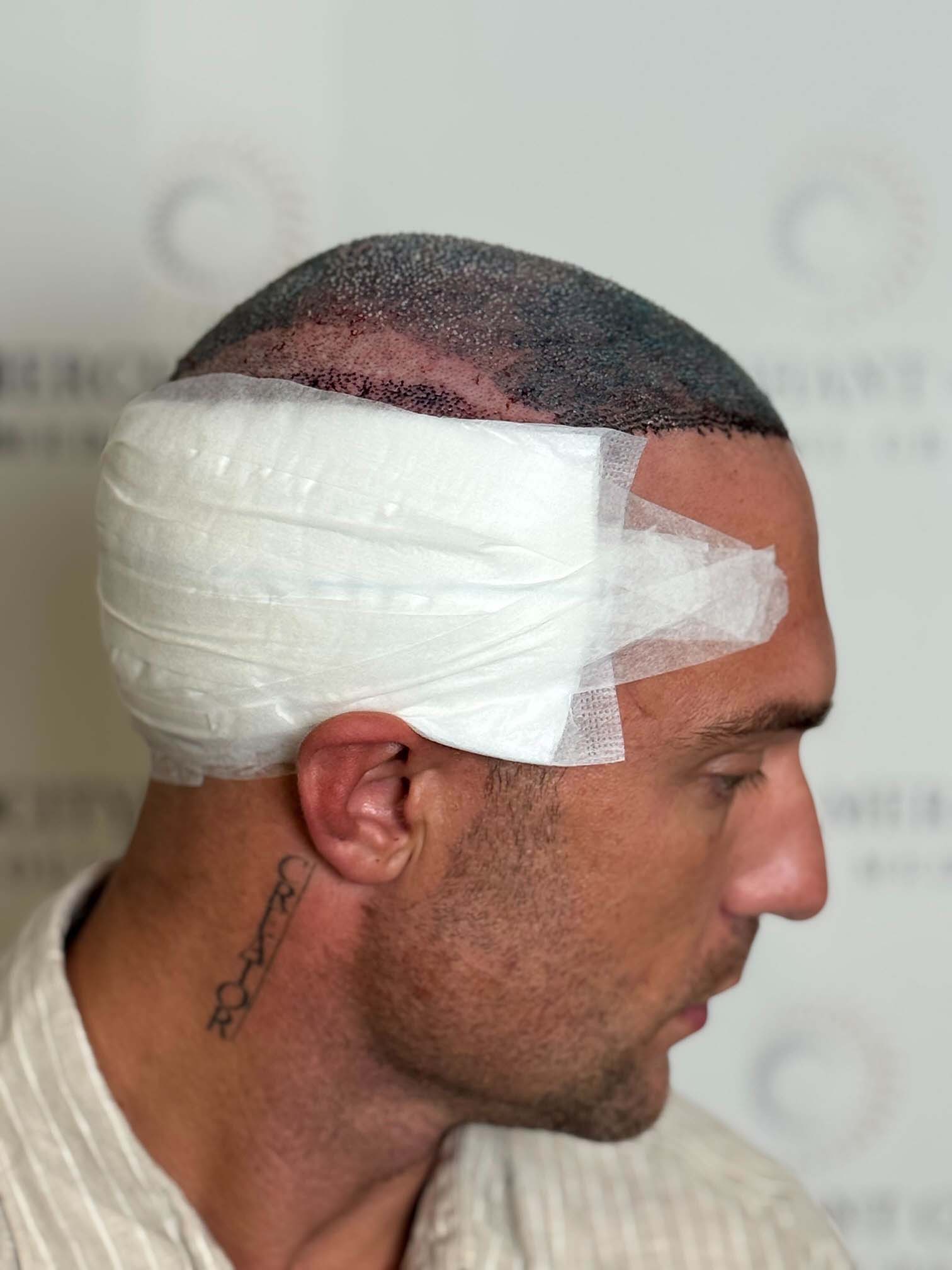
Donor Hair Quality and Genetic Resistance to DHT
Not all hair is created equal. The best donor hair for transplantation is typically taken from the back and sides of the scalp because it is genetically resistant to DHT. However, if this donor hair is weak or thinning due to genetics, it might not provide the best long-term results.
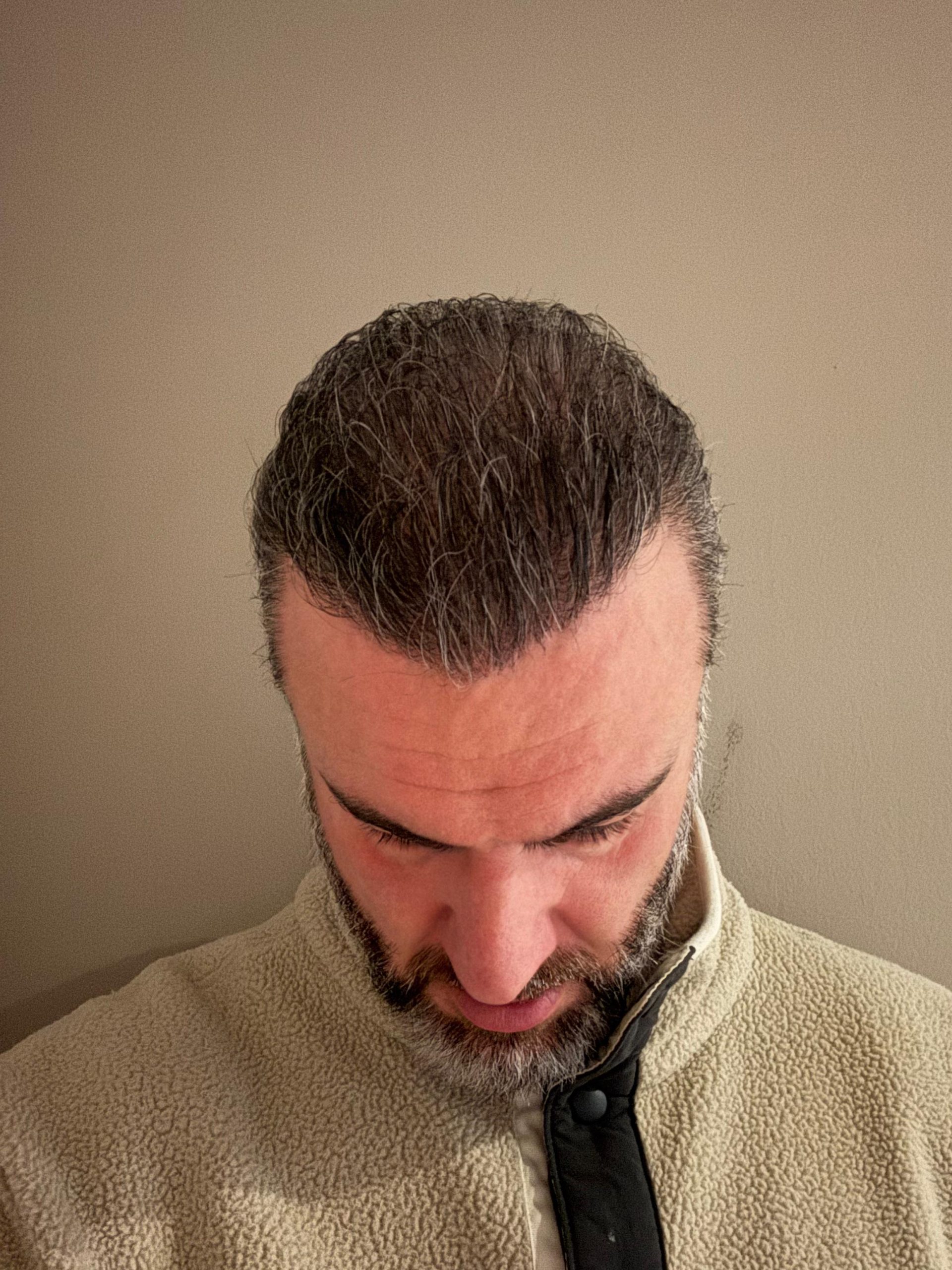
Why Some Patients Experience Thinning Even After Surgery
Even after a successful transplant, some patients notice thinning due to something called shock loss (temporary shedding after surgery) or continued genetic hair loss in untreated areas. That’s why a long-term hair restoration plan is crucial.
Hair Transplant Techniques and Their Effectiveness for Genetic Hair Loss
Not all hair transplant techniques yield the same results, especially when genetic factors come into play. Choosing the right method and understanding how genetics influence the procedure can help ensure a successful, long-lasting outcome.
Follicular Unit Extraction (FUE) vs. Follicular Unit Transplantation (FUT)
Both FUE and FUT are effective, but the best option depends on your genetics. FUE is less invasive and has no linear scars, while FUT is ideal for those needing larger grafts.
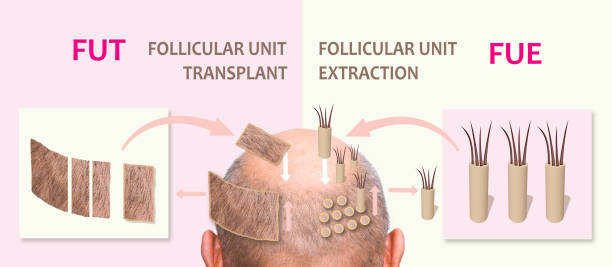

Why Some Patients Require Multiple Sessions
If genetic hair loss continues post-transplant, you may need additional procedures to maintain full coverage. Planning for future sessions can help you manage expectations.
How Advances in Genetic Research Improve Transplant Success
New developments in genetic research are helping doctors predict transplant outcomes better. Understanding how your genes affect hair loss can lead to more personalised treatment plans.
Genetic Testing for Hair Loss: Is It Worth It?
With advancements in modern medical technology, genetic testing has emerged as a viable tool for assessing hair loss risks and treatment suitability. But is it a game-changer or just another piece of the puzzle in understanding hair restoration?
What Genetic Tests Can Reveal About Hair Loss
Some clinics offer genetic testing to predict hair loss patterns and determine if a transplant will be effective. These tests analyse genes linked to AGA.
Can Testing Help Predict Hair Transplant Outcomes?
Genetic testing can provide insights but is not a guaranteed prediction tool. It helps in understanding your risk of further hair loss and planning preventative treatments.
Limitations and Considerations of Genetic Testing
While genetic tests can be helpful, they shouldn’t replace a professional consultation.
Many environmental factors also contribute to hair loss, so a combination of testing and expert analysis is ideal.
How to Maximise Hair Transplant Success Despite Genetic Factors
While genetics play a major role in hair loss, they don’t have to dictate the outcome of your transplant. With the right approach—choosing expert care, using supportive treatments, and making lifestyle adjustments—you can achieve long-lasting, natural-looking results.

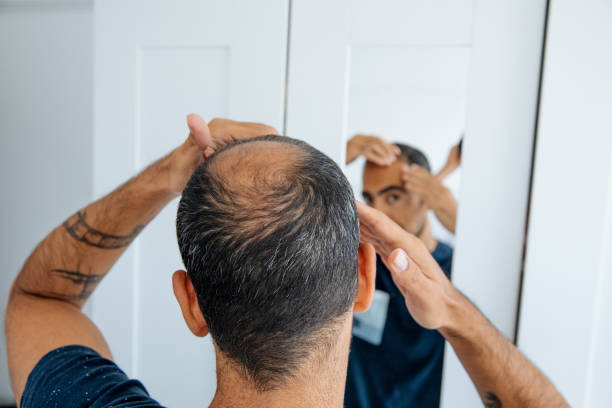

Choosing the Right Clinic with Experienced Specialists
The expertise of your doctor directly impacts the success of your transplant. Choosing a reputable clinic like Merchant City Medical Group ensures your procedure is handled with the highest standards.
The Role of Post-Transplant Medications Like Finasteride and Minoxidil
Medications such as Finasteride (Propecia) and Minoxidil (Rogaine) can help maintain hair density by slowing down genetic hair loss. Many patients use them to complement their transplant results.
Lifestyle Changes That Support Long-Term Hair Retention
A healthy diet, stress management, and proper scalp care are crucial in maintaining your transplanted hair. Genetics may set the stage, but lifestyle choices can influence the outcome.


- 2,190 Grafts
- 12 Months Post Op
Common Myths About Genetics and Hair Transplants
There are many misconceptions about how genetics influence hair transplants, leading to unrealistic expectations. Understanding the truth behind these myths can help you make informed decisions about your hair restoration journey.
Myth: A Hair Transplant Completely Stops Future Hair Loss
While a transplant restores lost hair, it doesn’t prevent further thinning in untreated areas. That’s why ongoing care is essential.
Myth: Only Men with a Family History of Baldness Need Transplants
Even if baldness isn’t common in your family, other factors like stress and hormonal imbalances can lead to hair loss.
Myth: All Transplanted Hair Will Stay Forever
If the hair from the donor has a hereditary resistance to baldness, it should last a lifetime. However, if poor-quality donor hair is used, it may still thin over time.


- 2,190 Grafts
- 12 Months Post Op
FAQs About Genetics and Hair Transplants
Genetics can significantly impact hair transplant results, leaving many people with questions about their options. Here are some of the most common concerns and expert insights to help you understand what to expect.
Can People with Extensive Genetic Baldness Get a Successful Hair Transplant?
Yes, but results depend on the availability of strong donor hair. If the donor area is too weak, alternative treatments like PRP therapy or SMP (Scalp Micropigmentation) may be recommended.
What Happens if My Genetic Hair Loss Continues After a Transplant?
You may need follow-up procedures or treatments to maintain hair density.
Are There Genetic-Based Treatments to Complement Hair Transplants?
Emerging treatments, including gene therapy and stem cell research, are showing promise in treating genetic hair loss in the future.
Conclusion
Genetics undoubtedly plays a key role in both hair loss and transplant success. While you can’t change your DNA, you can make informed decisions about hair restoration. Choosing an experienced clinic, following a proper post-transplant care routine, and considering additional treatments can help you achieve the best results.
At Merchant City Medical Group, we specialise in personalised hair restoration solutions that are tailored to your unique genetic profile. Book a free consultation today and take the first step toward restoring your hair confidently!



